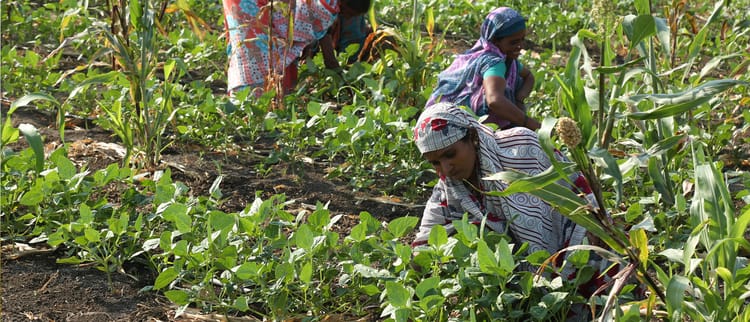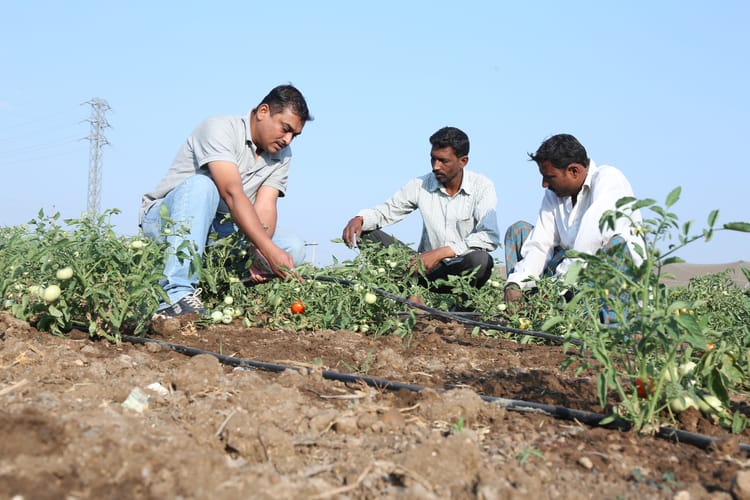Growing more with less through a paradigm shift
It’s just over a year now since we as individual companies found ourselves in a room preparing to embark on a journey. We came together as partners, as an alliance to launch Better Life Farming – and what a journey it has been so far.
In this short span of time, we as Better Life Farming were able to grow exponentially and make an impact in smallholder communities around the world. When thinking about our biggest successes, Lino Dias, Smallholder Farming Vice President at Bayer, sees the first launch we had in Uttar Pradesh, India, right at the forefront. That’s where “we were able to double the productivity of green chili smallholders and triple their income”. We see this has far-reaching impacts that go beyond the individual smallholder. As Pam Strifler, Vice President Global Stakeholder Strategy and Affairs at Bayer, puts it, “if we work to help them grow their own livelihoods, they in turn grow their community, and we end up feeding a growing population as well.”
Nevertheless, the challenges of smallholders are multifold and call for multiple competencies to address them. The dramatic consequences of climate change and the associated water shortage, for example, hinder smallholders from unlocking their full agronomic potential. At the same time, pests and crop diseases can have a major impact on both the quality and quantity of the yield at the end of a season. However, as an alliance, we can provide an ecosystem of solutions. While Bayer is able to contribute with cutting-edge technology on seeds and crop protection, we at Netafim are the experts when it comes to precision irrigation for higher yields, improved land use, and sustainable use of scarce water resources to help grow much more with less.
Even if the weather is not controllable, the issue of water shortage can be tackled with the right irrigation system. Our drip irrigation technology provides the solution in form of a highly efficient water, nutrient and crop protection delivery system for growing different crops with less water. It delivers water, nutrients and crop protection directly to the crop’s roots, in the right amounts, at the right time, so each plant gets exactly what it needs, when it needs it, to grow optimally. This is done by driplines that extend across the entire field. I truly believe that drip irrigation can change the lives of smallholders because at the end of the day, it helps them to grow more with less. Thanks to drip irrigation, smallholders can produce higher yields while saving water as well as fertilizers, energy and even crop protection products. It’s a driving technology when it comes to growing crops that have a very high demand for water, such as rice.
In Asia alone, more than 90% of the world’s rice supply is predominantly produced by smallholders. This requires a lot of water. At the same time, a growing world population depends on rice as a staple food. So helping rice smallholders to grow more with less to increase both their productivity and profitability is vital.





